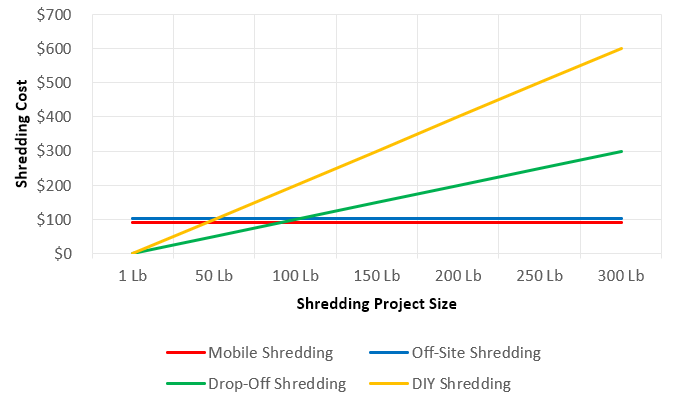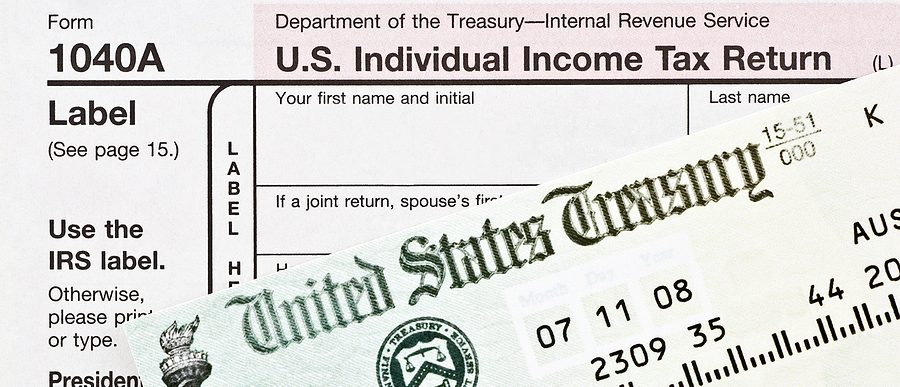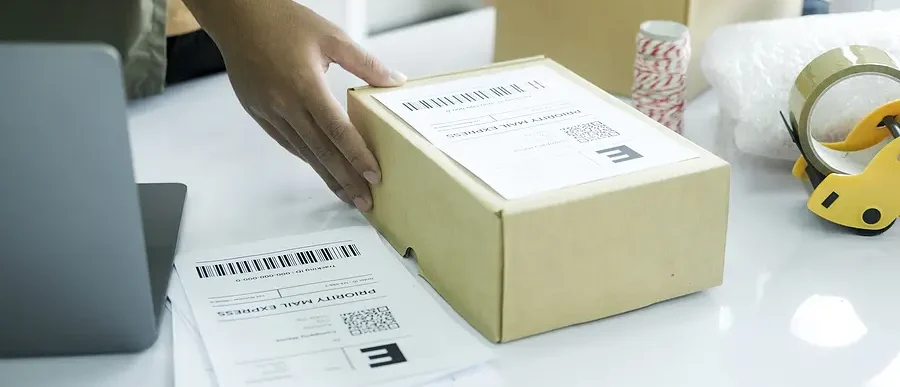
Whenever you need to dispose of documents, shredding them first is always one of the best ways to protect sensitive information. In school record management, shredding plays a crucial role in ensuring the security of student data.
Beyond security, there are also legal obligations to consider. The Family Educational Rights and Privacy Act (FERPA) mandates that student records be handled securely, which often includes shredding to prevent unauthorized access and misuse.
To learn more about FERPA’s requirements and how shredding can help you stay compliant, watch the video or read the transcript below.
Video Transcription
What Is FERPA?
Formally defined, the Family Educational Rights and Privacy Act (FERPA) (20 U.S.C. § 1232g; 34 C.F.R. Part 99) is a federal law requiring schools and other educational institutions to protect the privacy of student information by prohibiting and preventing the disclosure of personally identifiable information in student education records.
According to a FERPA expert after having been the director of the Department of Education’s Family Policy Compliance Office for 21 years, LeRoy Booker explains the rold of shredding with student record management, saying that throwing away documents without shredding is a “clear violation” of FERPA.
What’s Considered a Student Education Record?
There are a range of student record types affected by FERPA, including:
- Immunizations & health records
- Financial information
- Student transcripts
- Student course history
- Student disciplinary files
- All other personal information
Penalties for FERPA Noncompliance
If any school or other educational institution fails to protect student education records and doesn’t meet FERPA’s compliance requirements, it risks:
- Losing federal funding from the Department of Education
- Potentially being denied future eligibility for federal funding plans
- Legal actions like cease and desist orders and responsible parties losing jobs
How Shredding Is Used in Student Record Management
Shredding student records and other sensitive information is the most secure way to dispose of outdated records. In education, it also offers additional benefits, such as improving the efficiency of record management.
Shredding as a Foundation for Compliance and Security
Proper shredding of student records safeguards against unauthorized use. This helps to avoid potential penalties like losing federal funding due to FERPA noncompliance. Additionally, shredding provides a formal certificate of destruction, ensuring that records have been securely disposed of.
Shredding After Scanning: Secure and Space-Efficient
After scanning student records and transitioning to a paperless system, shredding the original paper copies is crucial. This step not only frees up valuable space but also reduces the risk of data breaches by eliminating the chance of maintaining duplicate copies.
Shredding before disposing student records or any other type of information is the most secure way to get rid of outdated records. However, in education it can also provide other advantages for handling student information. This includes improving the efficiency of your overall record management.
What Are the Shredding Options?
You have several choices when it comes to shredding.
 DIY ShreddingCompared to other options, do-it-yourself shredding can be used for any size project but is the slowest by far. With a store-bought shredder, typically only a few pages can be fed into it at a time. Besides time, personal shredders need maintenance supplies and can jam during shredding. DIY ShreddingCompared to other options, do-it-yourself shredding can be used for any size project but is the slowest by far. With a store-bought shredder, typically only a few pages can be fed into it at a time. Besides time, personal shredders need maintenance supplies and can jam during shredding. |
Comparing Cost Efficiency
For school record management, between the various shredding methods, different pricing methods are used. While mobile and off-site shredding are flat costs, drop-off and DIY shredding costs scale with project size.
Average Costs:
- Mobile Shredding: $130-$175 for projects 1-10 boxes
- Off Site: $110–$130 for projects 1-10 boxes (estimate—no wait at location = lower pricing)
- Drop Off: average $1 per pound (locations may vary)
- DIY: free up front, but indirect costs including time and labor, supplies, and space
Have Old Student Records to Shred?
Join Boston University, the College of Charleston, the U.S. Department of Education and many other organizations that Shred Nations have helped find secure shredding for student records. To get started on your school record management secure shredding, fill out our form or give us a call at (800) 747-3365 for a free no-obligation quote on shredding services in your area.













